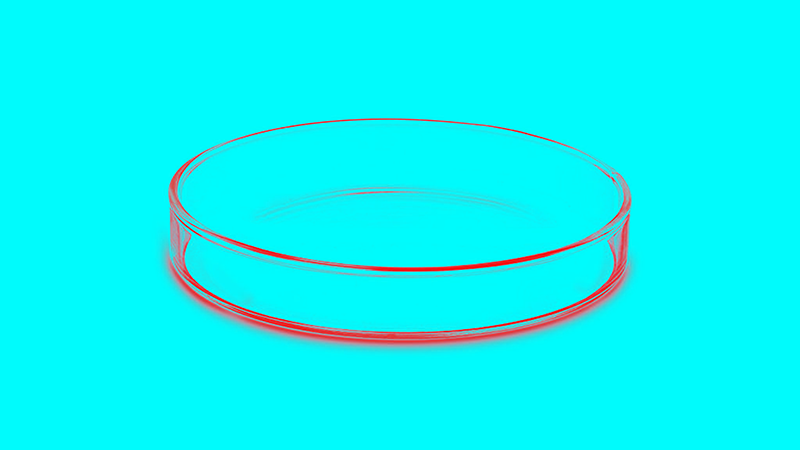For those who have read our posts before and follow us on Twitter, you know we are using various model organisms such as fly, yeast and worm to discover novel therapeutics for a subset of rare genetic diseases. But once we find those potential drug candidates, how do we validate them? We are in the process of setting up multiple secondary tests beyond the primary screening assays to further characterize compounds of interest. But one assay we use is the gold standard in the field for diagnostics and also analysis of a compound’s ability to rescue the disease phenotype, and that is the FILIPIN ASSAY!
What is filipin? Filipin is an antifungal found in mycelium and is a complex of four components. The great thing about it is that it is naturally fluorescent and binds to cholesterol. It excites between 340nm-380nm and emits at 385-470nm.

As you have read previously, patients with Niemann-Pick Type C have mutations in the NPC1 protein, rendering it nonfunctional or hypomorphic (i.e., reduced function). If NPC1 is nonfunctional, then cholesterol cannot be trafficked out of the lysosome properly and ends up accumulating in these compartments. Filipin staining of patient skin fibroblast cells is used as a diagnostic tool and in turn also used in cell culture for other assessments. We acquire our patient cell lines from Coriell, and we work with multiple lines at a time in order to better characterize how our compounds might be acting.
Multiple companies sell filipin staining kits for research purposes such as Cayman Chemicals and Abcam. Or you can do the staining without the kit, which works just as well. When you order filipin for staining it will likely be the most abundant isomer, filipin III. The protocols are straightforward – fix, wash, stain, wash and visualize. However, we throw in another stain, Sytox Green, for the nuclei. We do this for two reasons: one so that we can easily visually define a single cell; two because our data analysis protocol relies on the ability to count nuclei in order to detect and quantify the filipin stain associated with each cell. Below are representative images of NPC patient cell lines stained with filipin. (And yes, the image color has been adjusted to green for contrast). The filipin wavelength of emission is in the UV to blue light spectrum.
Patient cell line 1 Patient cell line 2

So one of the questions we assess is, do our compounds of interest that rescue disease in lower animal models of NPC also clear the cholesterol accumulation seen in patient fibroblast cell lines?
Wildtype fibroblasts do not display cholesterol accumulation because they have functional NPC1. SAHA/Vorinostat, which is currently in clinical trial for the treatment of Niemann-Pick C, does clear the cholesterol accumulation. We use SAHA as a control, more so for data analysis as a benchmark. For SAHA treatment, I include 5µM, 7.5µM and sometimes 10µM controls in all of my studies since we do notice variable responses to the drug. This gives us a good dynamic range for data analysis purposes, and also helps us better understand how our compound might be working.
Patient cell line 1 treated with SAHA for 48hrs

To quantify the cholesterol accumulation, we have a data analysis tool that will identify the number, area and intensity of vesicles per nucleus. Below is an example of the analysis tool run on filipin stained NPC patient fibroblasts. We do have some other tools in development that will allow us to quantify general localization as well.

While the filipin stain is a powerful assay, it is one in a suite of assays we are using to characterize our small molecules after screening in model organisms.


